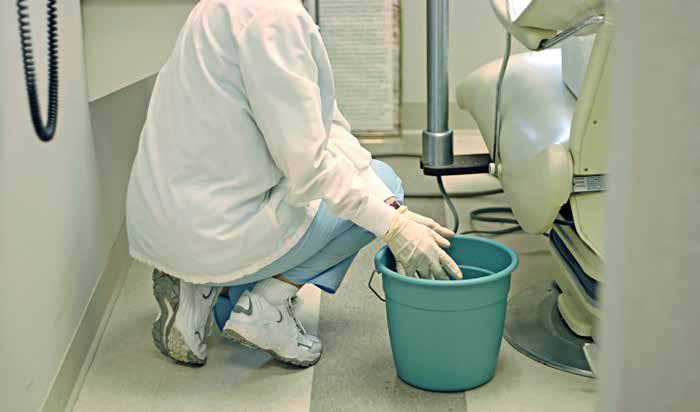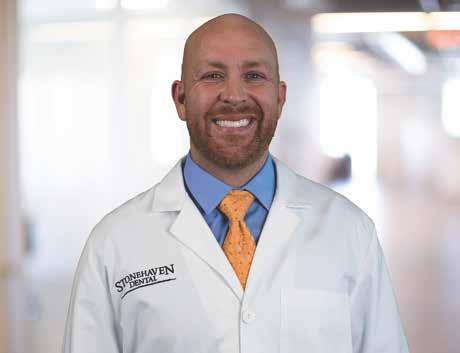> Specialty Focus: Cements
Cements Choosing the right cement is not a cut-and-dried decision.
Features
Cements vary widely, from the materials they are comprised of to the features that define them and their applications. When clinicians understand the options available to them, they can select the most appropriate solutions for their practice.
Recent improvements in cement products – such as self-adhesives, which have advanced to the point where they reduce steps without sacrificing bond strength - have led to greater ease of use, efficiency, speed and performance, notes Russ Perlman, executive director of marketing, VOCO America, Inc. “A large DSO or group practice generally encounters a wide range of clinical situations,” he points out. As such, they need resin cements, glass ionomer cements and various types of temporary cement. “Many practices
12
in this type of demographic don’t have the time to hand mix cement or wait for slower self-cure materials to set between patients,” he says. “Advancements such as QuickMix syringes, tack cure options, high-retention glass ionomers and self-adhesive resin cements reduce steps, decrease variables, save time and raise the clinic’s overall efficiency.” An understanding of the composition and formulation of cements is critical when deciding which type to use for different clinical situations, he adds.
Efficiency In Group Practice : ISSUE 3 • 2020
There are many features that differentiate cements within each category and sub category (permanent vs temporary; resin-based vs glass ionomer), according to Perlman. Often, choosing the best product depends on the application at hand, as well as clinician preference, he explains. Clinicians should consider a number of factors in making their decision, he points out, including: > Overall bond strength. > Film thickness. > Working and setting times. > How well it can be light-cured. > Substrate indications. > Fluoride release. > Number of steps required. In the case of adhesives, clinicians should consider, among other things, their ability to reduce or minimize post-op sensitivity. “Depending on the clinical situation, any one of the above features can be particularly important to the practitioner,” says Perlman. “For a highly esthetic focus, such as a veneer case, lower water solubility will help avoid staining or discoloration. For extremely busy practices, practitioners might appreciate a cement that requires fewer steps, such as a self-adhesive resin cement, or a cement that offers a tack cure, enabling them to work faster.” And, while practitioners appreciate speed, convenience and ease-of-use, above all, they value a
dentalgrouppractice.com


















